The area north of San José is an absolutely pleasure to visit. The landscapes are quite different from the rest of the country and there’s just a special atmosphere in the air. Check out the list below to know what you can see and where you need to go!
National Park Poás Volcano (2,5 hours – $15,- admission for foreigners )
*On Thursday April 13, 2017 Poás Volcano National Park closed to visitors due to increased and unpredictable volcanic activity for an indefinite time. However, it might be worth to check with the National Park itself, since at some days they do in fact still open up for visitors.*
The Poás volcano is famous for its huge crater and its big platform on the rim from where you can have a great look down into the smoky area. Get up early here before the clouds roll in! It’ll be worth giving up a little sleep once you get to see the clear view. Weather changes fast in here too; so bring a lot of layers to keep yourself warm up in the clouds.
Apart from the views on the crater there are some well maintained paths, that aren’t particularly challenging, but fun for sure. While walking to the second crater (lake) on these lanes, you might spots some birds or small mammals along the way, hidden between the lush vegetation and trees that are covered in moss and bromelias. A fun halfday trip!
Coffee tour (tour 1,5 hours – $22,- admission for foreigners)
There are a couple of coffee tours available in Costa Rica and specifically in this fertile area around Poás volcano. I went to the Doka Estate and really loved the tour over there. I chose this one because it felt less chain-like, compared to for example the Britt coffee tour – Costa Rica’s biggest coffee brand.
The Doka Estate is the largest coffee plantation in Costa Rica and one of the oldest that is still operating. During the tour you’ll learn everything about the process related to cultivation, processing and good practices. I knew what plant coffee beans come from, but that was about it. So for me there was still a lot to learn about this complicated process.
After the tour you have all the time to walk around on your own, which is great since the estate has a fun butterfly garden too. There’s also a restaurant nearby the shop, in case you’re hungry.
The coffee in the shop isn’t cheap unfortunately, but coffee ain’t cheap nowhere in Costa Rica and it’s always fun to buy from a place which has provided you with a good experience. I’m pretty sure that anyone who loves coffee, will love this estate. And with all of the coffee samples offered, you’ll have enough fuel to make it through the next activity too.
Hiking the slopes of the Barva volcano ( 4 hours – $12,- admission for foreigners)
Although the Barva volcano is situated just outside San José, it is not a very well known fellow. I wonder why, since the volcano isn’t small or boring at all. With its 2906 meters it even exceeds the neighbouring Poás with 200 meters. The Poás mainly receives way more attention due to its volcanic activity. The Barva on the contrary has been a sleeping beauty for hundreds of years, therefore guaranteeing its visitors some spectacular sceneries and wildlife. Want to read more about the Barva volcano, click here!
Territorio de Zaguates (2 hours – free admission, though donation is much needed )
If you’re a lover of dogs Costa Rica can be a difficult country to visit. Though I think the situation regarding stray dogs is infinitely better compared to neighbouring countries such as Nicaragua, you’ll find lots of furry friends running around without owners. Thankfully, some ten years ago, a great sanctuary has been founded a small hour drive from San José, which is now a heaven for dogs – and dog lovers!
This place for strays, the volunteer-run Territorio de Zaguates, literally ‘Land of the Strays’, is a no-kill shelter for somewhat 900 dogs. Owners Lya Battle and Alvaro Saumet started small; just with one dog. But more and more dogs can across their territories and over time other villagers started to bring more paws to their home.
If you stop by to say ‘hi’ to all these cutiepies, make sure you take something with you (think of food/ medicines / toys). Read this page for more information about the organisation and a possible visit.
La Paz Waterfall Garden (3 hours – $48,- admission for foreigners)
From both Territorio de Zaguates and the Poás volcano it’s about 25 minute driving to the Waterfall Gardens of La Paz. Though a bit American-like, the park is like a quaint little animal park with many many waterfalls on top of that to enjoy.
The park is beautifully maintained and managed to blend all of the walkways, hotel and animals habitats in a very smooth way. Start at the top of the mountain and gradually walk down. The map you’ll get at the reception will tell you what sorts of things you’ll encounter on the way. I’d mostly recommend this place due to the big amount of waterfalls in it. You can easily gaze at all four of them on the platforms for a long time.
The park claims it’s more like a shelter, but honestly I don’t think that’s really true. It looked and felt more like a small zoo to me. Also, the admission is quite high – even for Costa Rican standards. Apart from that it’s an easy way to get up close to Costa Rican wildlife if you have little time for an authentic experience. And you’ll learn a thing or two for sure, since there’s a large number of staff present that will give you a personalised experience at certain areas, such as the butterfly habitat, frogs garden and the bird aviary.
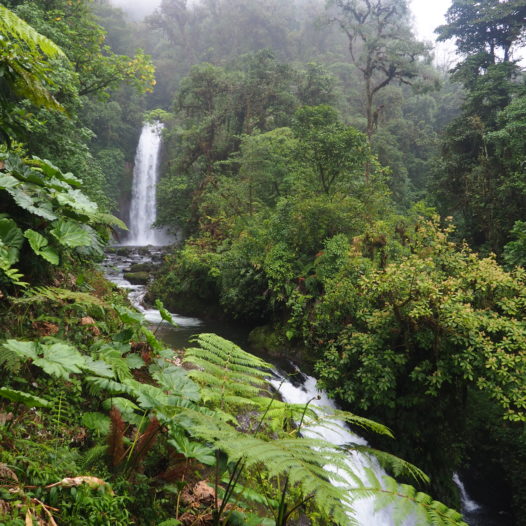
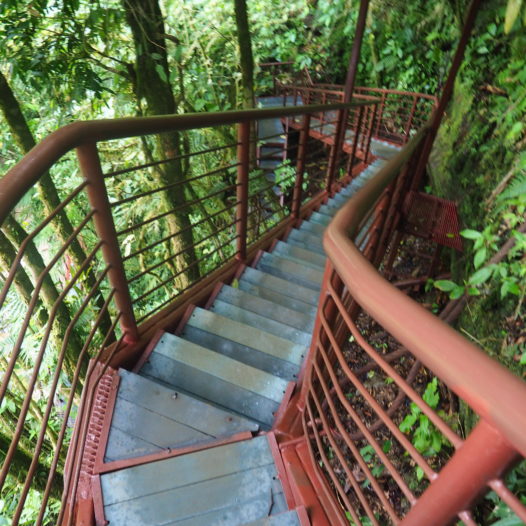
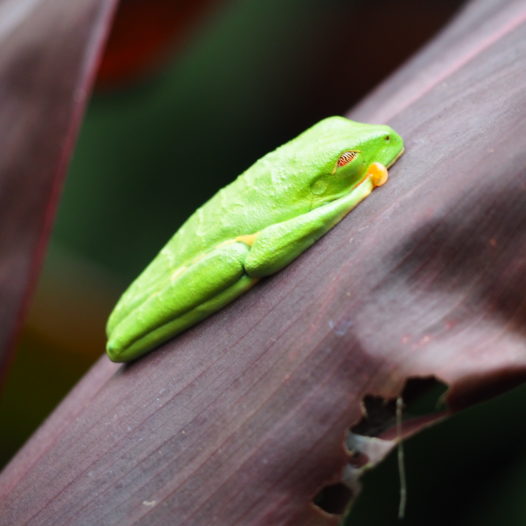
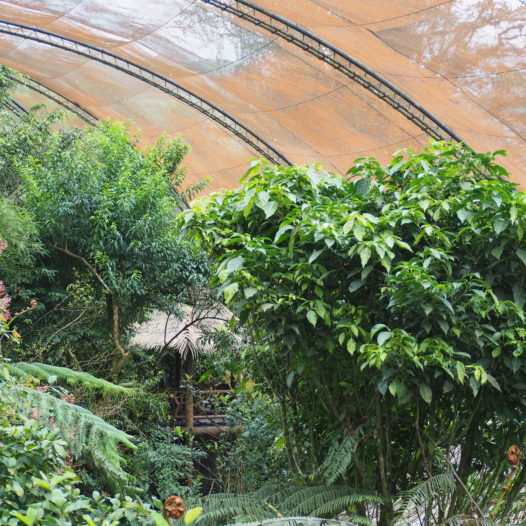
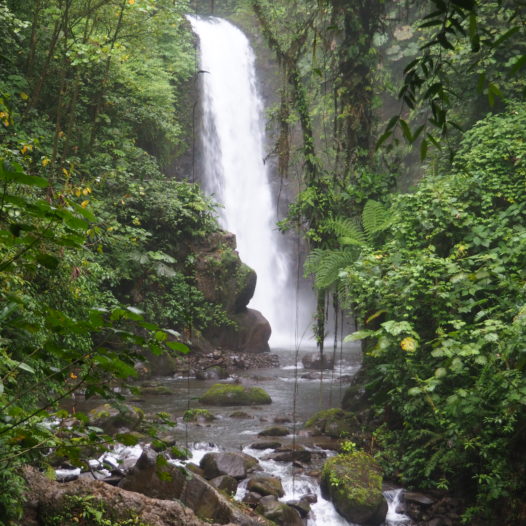
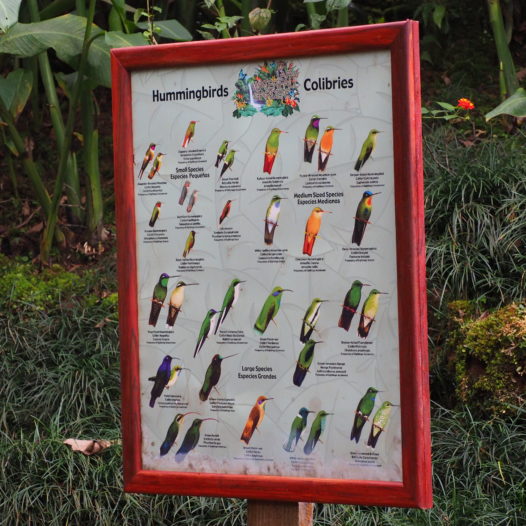
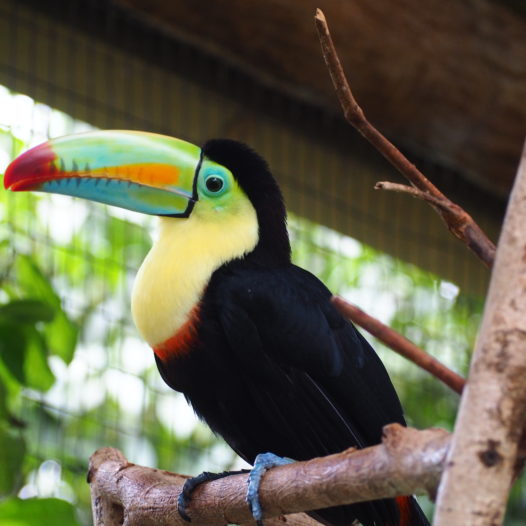
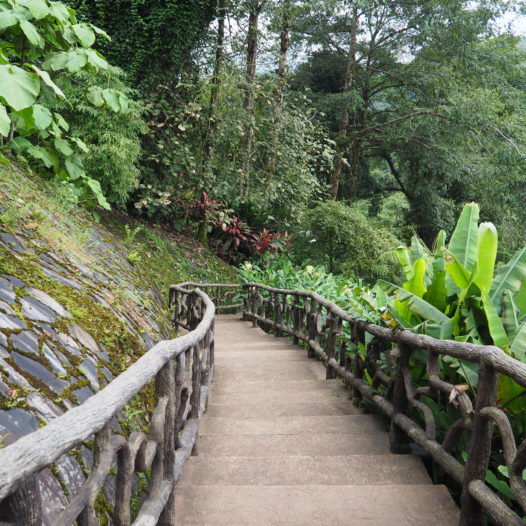
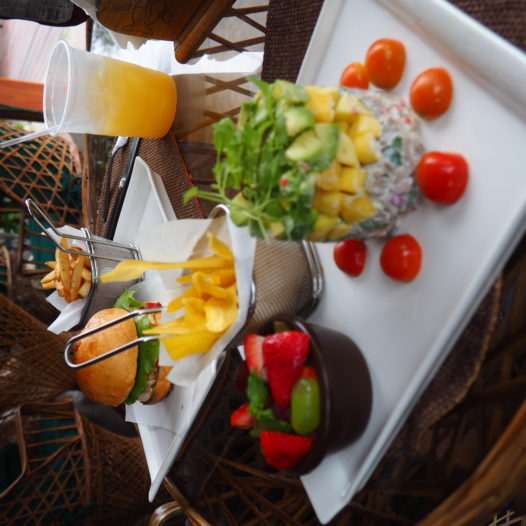
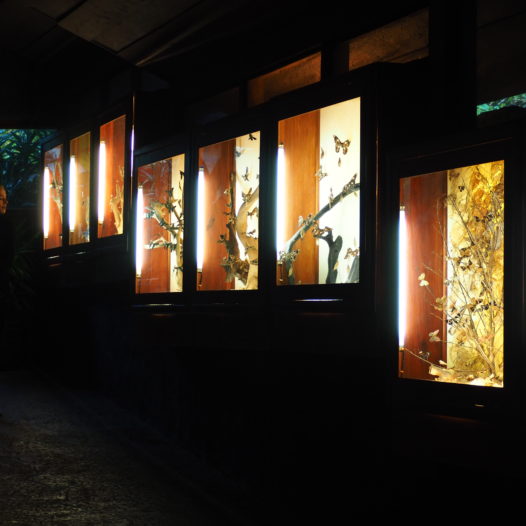
Laguna Hule ( 1 to 4 hours – free admission )
From La Paz the route 126 towards San Miguel is an absolute stunning drive with canyons on the right side, views on National Park Juan Castro Blanco on the left and coffee fields anywhere. Even more interesting are three hidden lakes on the left side – separated by a volcanic hill -, named Hule, Congo and Bosque Alegre. They are all part of the Bosque Alegre National Wildlife Refuge (the first part means ‘happy forest’, how cute is that!). This area is totally unknown for tourists, and that’s why it’s all the more fun to go there for a hike.
The Lagunas de Hule and Congo are 8 km from the town of Cariblanco, a couple of kilometers before San Miguel (seen from the south). Go left at the Red Cross and follow the road. Signs with the “Hule” will lead you to Bosque Alegra. You get also get there from the road to Bajos del Toro: turn right (again seen from the south) towards the community of Colonia del Toro.
From Cariblanco the road is bumpy and therefore it’s better to go by 4WD. You can park your car at the ‘Mirador’, while starting with a spectacular view on the lake before you enter the path. After some 30 minutes downwards you’ll reach the laguna itself, a perfect spot for a picnic, just like the locals do on Sunday. So don’t forget to pack your picnic basket!
Here’s where to go in the Poás region! ↓
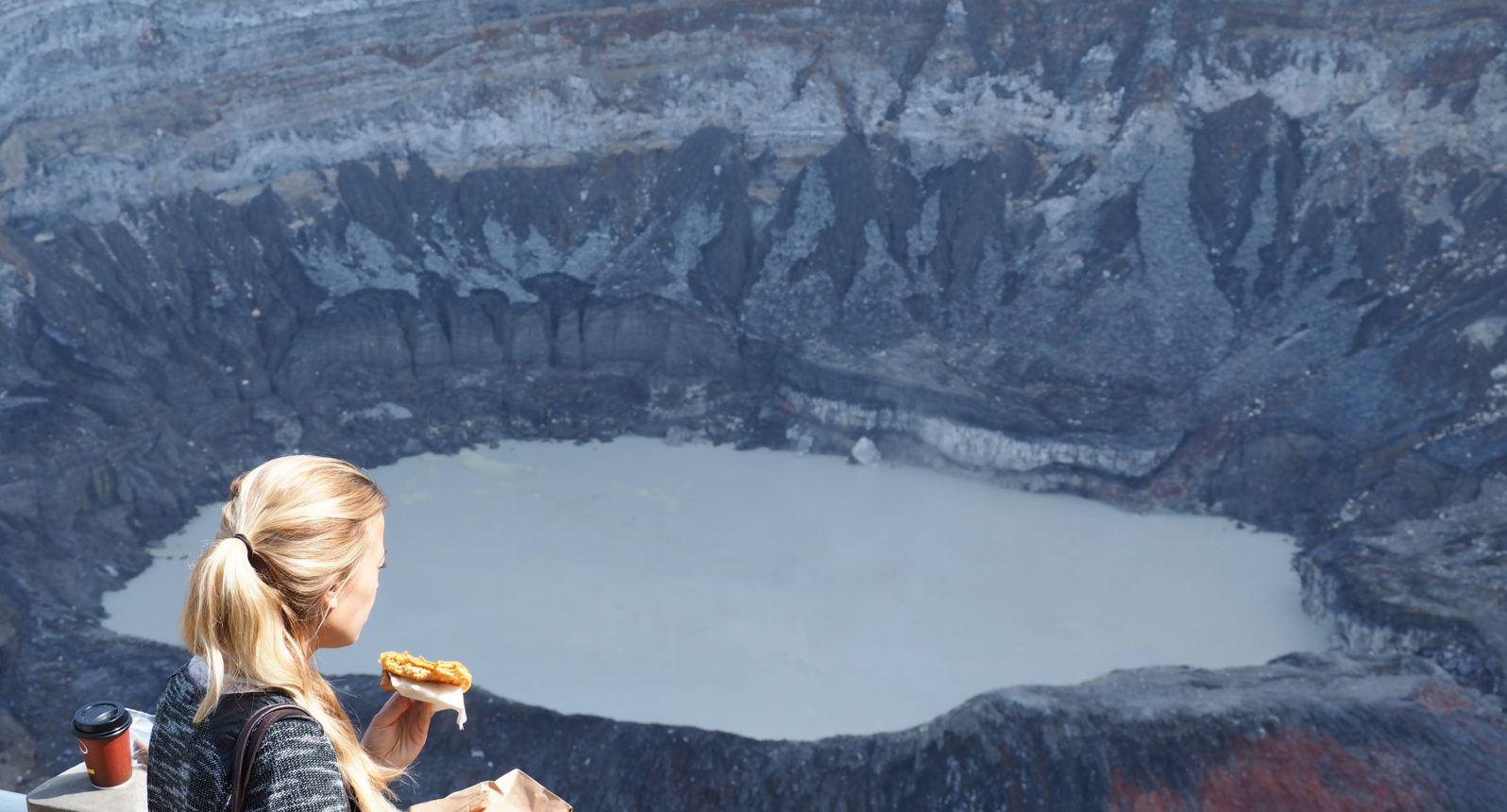
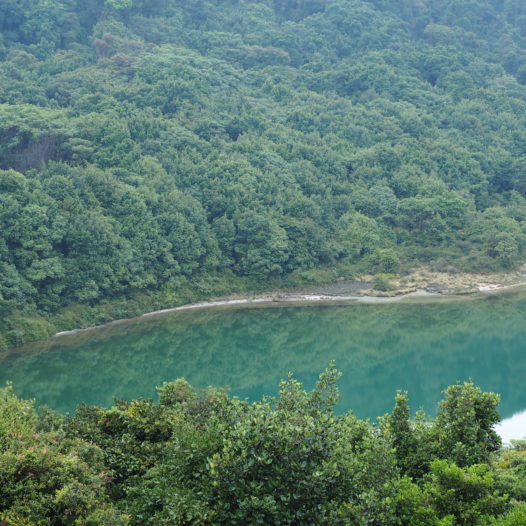
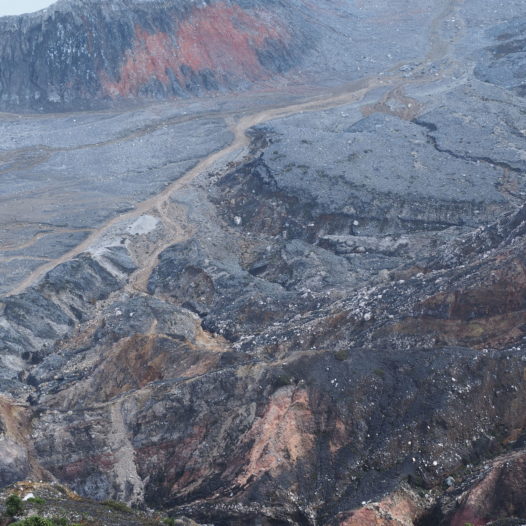
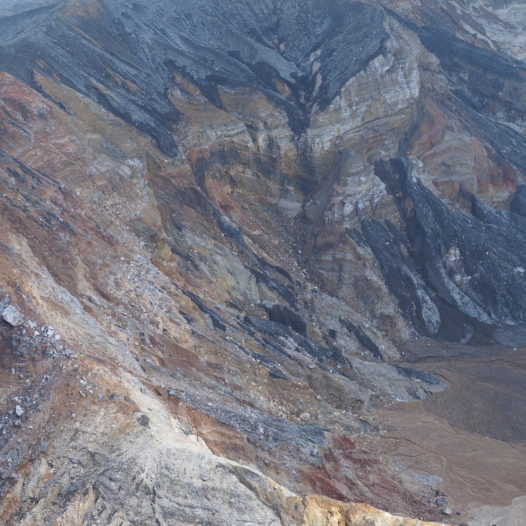
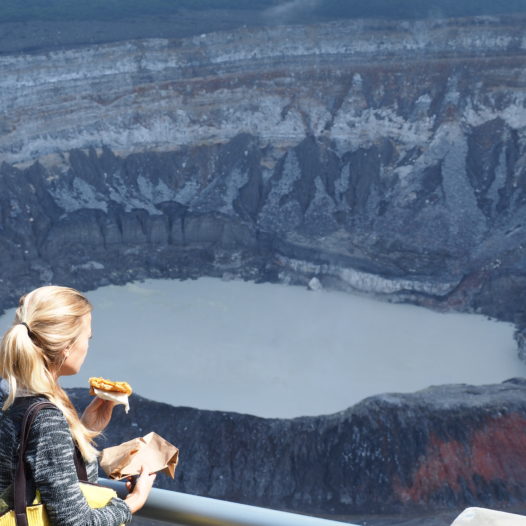
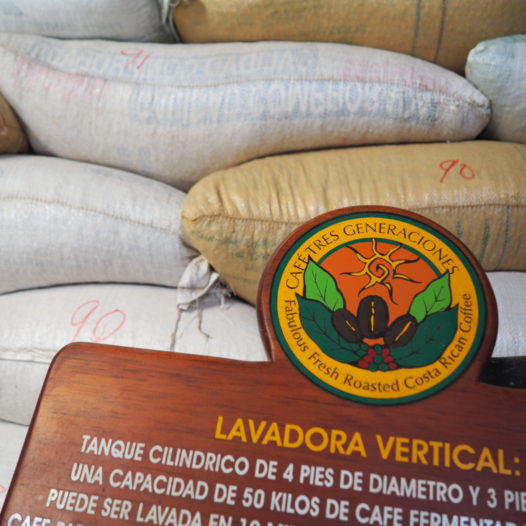

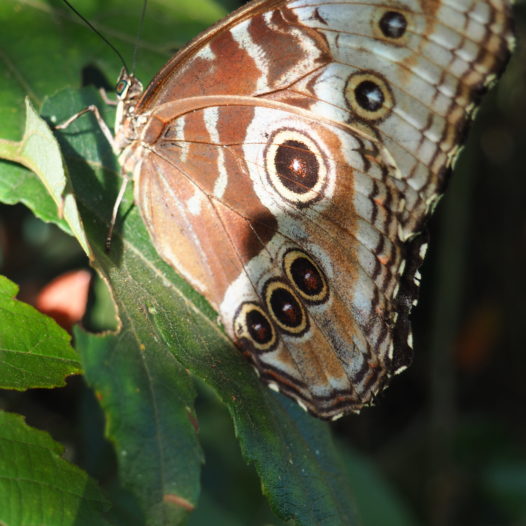
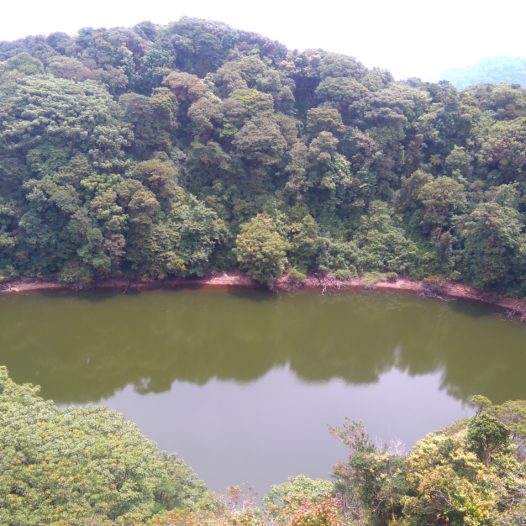
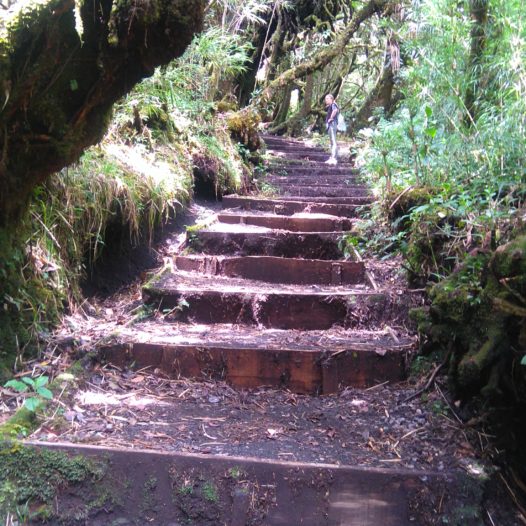
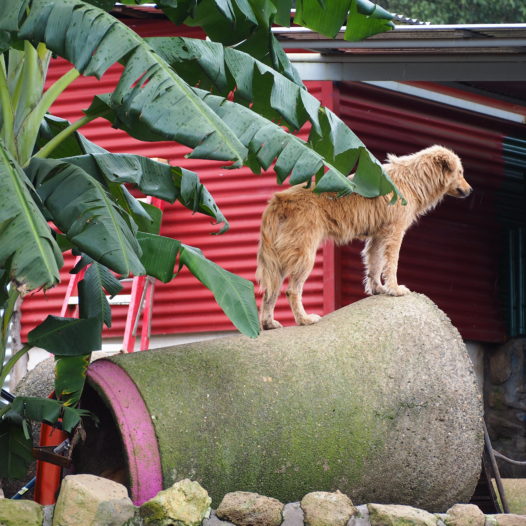
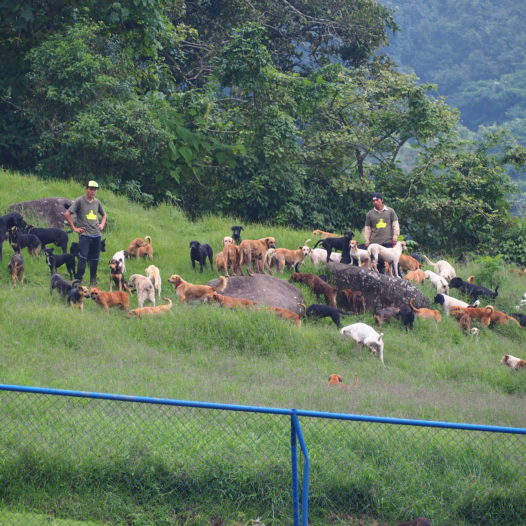
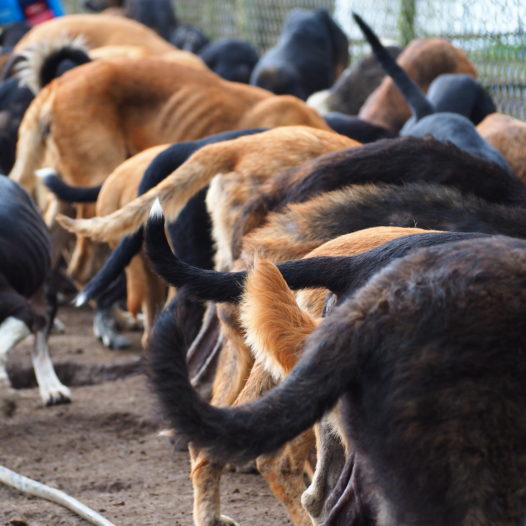
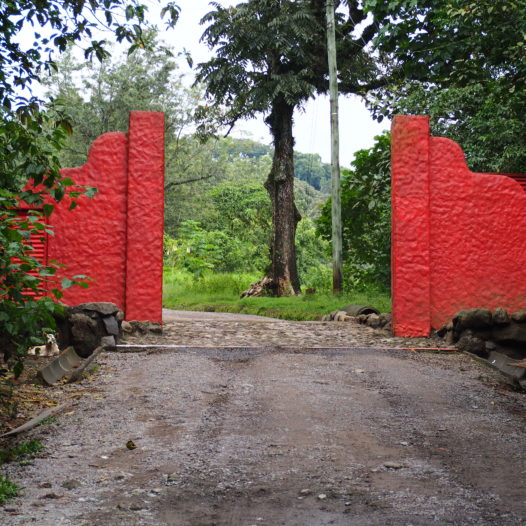
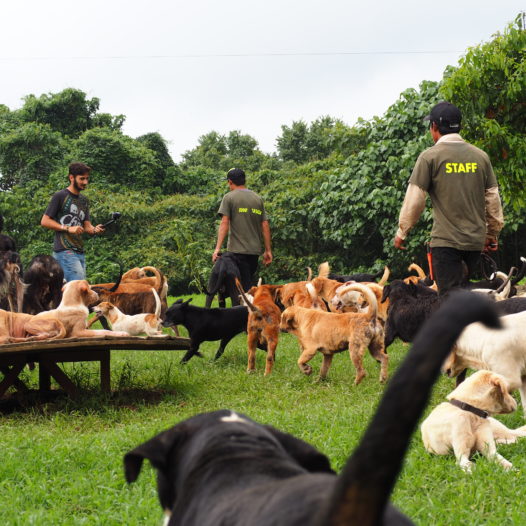
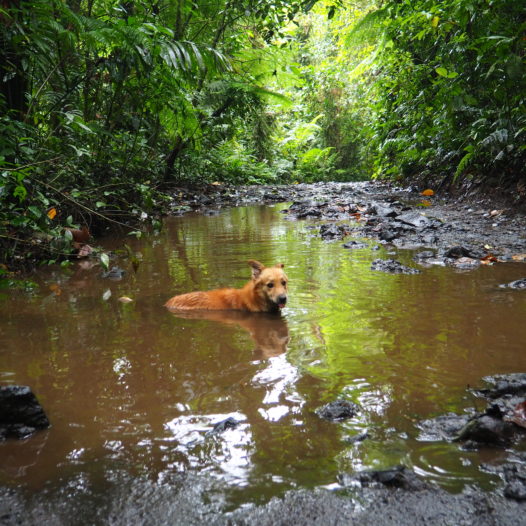
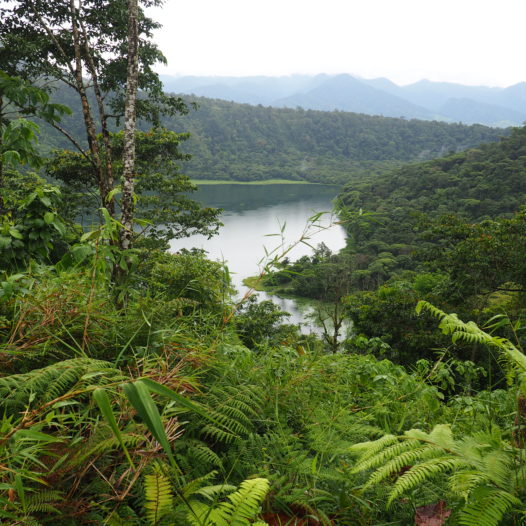
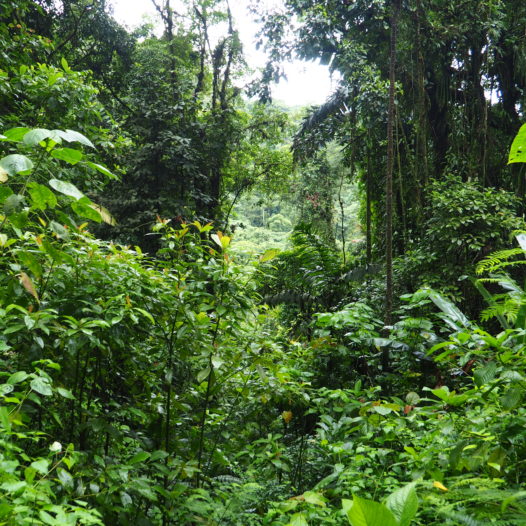
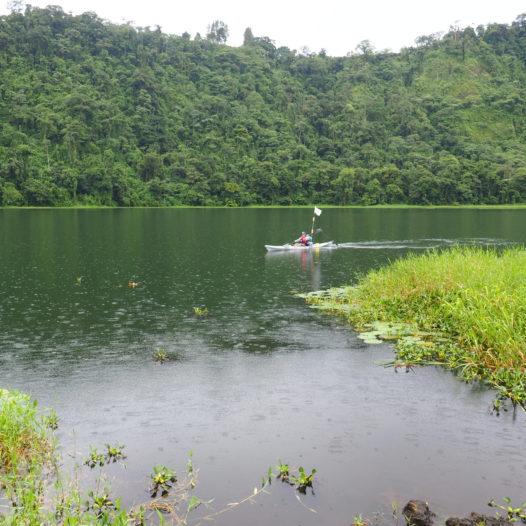
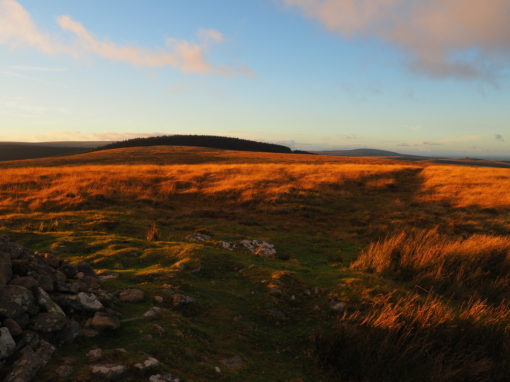
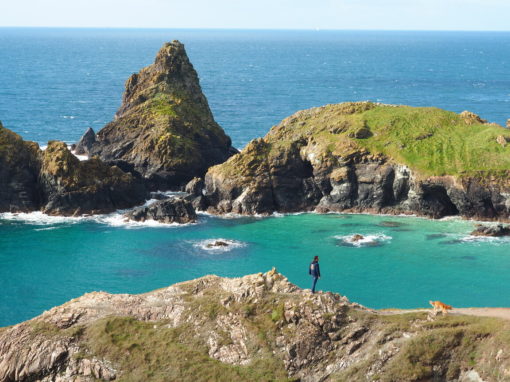
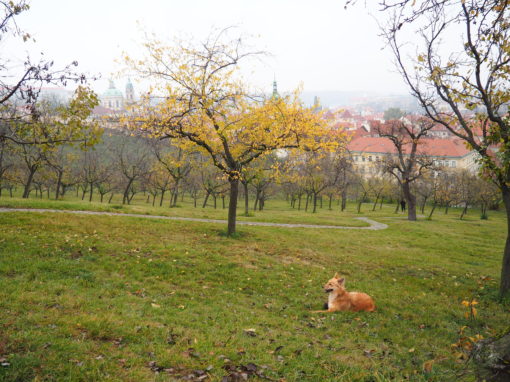

Pingback